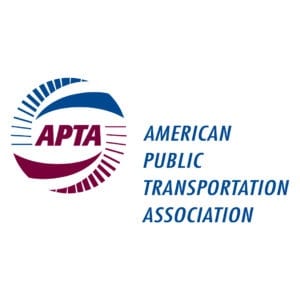New York Governor, Andrew Cuomo (D) speaking at a press conference on corona virus at the State Capitol.
New York Gov. Andrew Cuomo said on Monday that the state is now “on the other side of the mountain” as the daily number of hospitalizations, rate of new infections and deaths related to Covid-19 continues to decline.
Cuomo said the state was hoping for a faster decline in the number of hospitalizations than it’s currently experiencing. However, the number is still declining, which is “good news,” he said.
The governor outlined some criteria the state can use to begin rolling back restrictions, and said some parts of the state could reach these benchmarks earlier than others. New York’s so-called pause order ends on May 15, but local governments will need show they meet the criteria before social distancing restrictions can be lifted.
The state reported 9,647 total hospitalizations on Sunday, down from 9,786, Cuomo said.
An additional 226 people died from Covid-19 on Sunday, he said, which makes four consecutive days that daily figure has been below 300. The last time the number of deaths was below 300 was on March 31. The state recorded its deadliest day on April 10 when 799 people died.
The three-day rolling average number of people who have been hospitalized with Covid-19 has also declined to 717, which is also good news because it had plateaued around 900 for a few days, he said.
“You see that mountain that we went up, now we’re on the other side of the mountain. You start to see the shape of the mountain, unfortunately the decline from the mountain is not as steep as the incline,” Cuomo said while referencing a chart of total hospitalizations in the state related to Covid-19.
New York Gov. Andrew Cuomo
New York state’s reopening will be more difficult than when it was first closed nearly two months ago, Cuomo said. He said it’s clear that anxiety has started to take hold in the state’s communities, which can be seen through increased cases of alcoholism, substance abuse and domestic violence.
“This is not a sustainable situation — close down everything, close down the economy, lock yourself in the home. You can do it for a short period of time, but you can’t do it forever,” Cuomo said.
However, he said that the state can’t rush to reopen society and risk another spike in cases. He said state officials are watching other countries that may have reopened too soon, such as Germany and Singapore, and saw a resurgence in Covid-19 cases.
Benchmarks for reopening
Cuomo said the state will know when to reopen its economy and begin easing social distancing restrictions when the state has adequate health-care capacity, diagnostic testing capacity, a lower rate of new infections and has the ability to conduct contact tracing, where contacts of a known positive cases are also tested and isolated.
He said these factors are based on guidelines from the U.S. Centers for Disease Control and Prevention, and that some regions in the state may be able to open as soon as they meet the criteria.
The CDC says a region must have at least 14 days of declining hospitalizations and deaths on a 3-day rolling average, as well as no more than 15 new total cases or five new deaths.
A region also has to have fewer than two new Covid-19 patients per 100,000 residents per day and at least 30% hospital and intensive-care beds available in the region’s hospitals, among other requirements, he said.
Hospitals must also have a 90-day supply of personal protective equipment before things begin to reopen to prevent any future run on supplies, he said.
“Don’t act emotionally, don’t act because I feel this or I feel that, because someone said, ‘Well other states are opening so you must be able to open if other states are opening,'” Cuomo said. “Look at the data, look at the measurements, look at the science and follow the facts.”
Some health-care professionals in the state have warned against a resurgence of patients if the economy is reopened too soon.
Amy Pacholk, an ICU nurse at Stony Brook in New York, told MSNBC on Monday that her hospital saw “some of the sickest patients I could possibly imagine.”
“We’re over capacity, so if they loosen these restrictions, which is health care’s biggest fear, health-care workers’ biggest fear, is that I don’t know where these people will go. I have no idea who will care for them,” Pacholk told MSNBC.


















